St. Francis of Assisi
Wolfville
Make a Donation
Get Involved
Early Beginnings
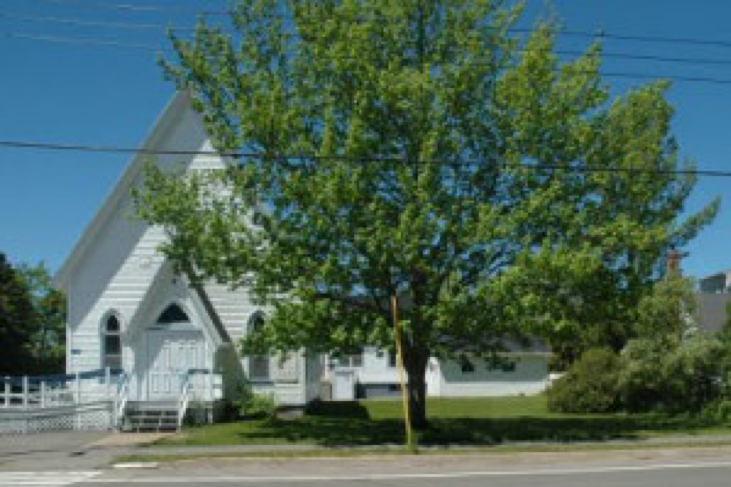
The founding of Wolfville is closely associated with the founding and settlement of the now historic Grand Pré. The first French settlers in the area (particularly around Annapolis Royal) came in 1604 with Samuel de Champlain. From then on steady growth prevailed throughout the valley. Many settled in what the English later called the Horton and Cornwallis districts which roughly corresponded to today’s Kings County. By 1755 the area was well established with French speaking Roman Catholic inhabitants. As well, the Acadians, as they were called, had gain strong footholds in Acadia (known basically today as Nova Scotia and New Brunswick). But the British had a strong military presence throughout the region.
In 1758 the British had won the Battle of Louisbourg. This was a pivotal battle in the North American theatre of the Seven Year’s War which ended the French colonial era in Atlantic Canada and led directly to the loss of Quebec in 1759

New England Planters
The Planters, as they were called, came in the years 1759-1761. A year previous to this, 1758, the first Assembly in the Province enacted that the worship of the Church of England should be considered the fixed form of worship in Nova Scotia, but that all dissenters from that Church, save Papists” (Roman Catholics) should have free liberty of conscience. This act also stated: “Be it enacted that every popish person exercising in an ecclesiastical jurisdiction, and every popish priest, shall depart out of the Province on or before the 25th day of March 1759. And if any such person or persons shall be found in the province after said day, he or they shall upon conviction be adjudged to suffer perpetual imprisonment… And be it further enacted that any person who shall knowingly harbour any such clergyman of the popish religion, or priest shall forfeit fifty pounds” This same Assembly declared that land deeds held by Roman Catholics henceforth would be null and void. It is, therefore, no small chance happening that the New England Planters of Cornwallis and Horton were, with almost no exception, all Protestants. They were in fact members or adherents of the independent Congregationalist churches of the various towns from which they came.
So much of the Annapolis Valley and, in particular Kings County was now dominated by English speaking Protestants, most Congregationalists.
There is reason to believe. however, that the Catholic faith did not die out in the province completely. Secret meetings and Masses were held even in the town of Halifax.
There is little known of any Catholic activity following the destruction of the St. Charles church in Grand Pré. Gradually, however, towards the latter part of 18th century, the restrictions on Catholics began to loosen. Catholic laymen of Halifax began to exert pressure on the government and eventually won the right to hold public office.
One of the Planters, a Mr. Thompson, acquired holdings of land on Wolfville Ridge extending down into the Gaspereau Valley. The piece of land on which the cemetery is now located is said to have been given his name. The church was built near the south-east corner of this lot, overlooking the Gaspereau Valley. The name of the church is not recorded, nor is the date of its construction. There are reasons to suspect, however, that the church was not built until after 1853 and was used until 1875. Wolfville at the time was part of the Parish of Windsor and it was not uncommon for priests to make the eighteen-mile journey by horseback.
In 1875, so the story goes, a man named Charles Benjamin of questionable normality, in revenge for the spurning of his romantic endeavours, decided to burn the church down while the lady of his “cupidic pursuit” was inside praying. The church burned, but apparently the lady was not inside.
In 1758 the British had won the Battle of Louisbourg. This was a pivotal battle in the North American theatre of the Seven Year’s War which ended the French colonial era in Atlantic Canada and led directly to the loss of Quebec in 1759.
There are a number of gravestones left of the period before St. Francis’s church was built. Some names recognizable are: Farrell, Mollin, Murphy and Carter.
For the next eight years Mass was celebrated at the home of James Quinn. In 1883, Canon Walsh, a native of Ireland of some wealth, used his own money to construct the present church, St. Francis of Assisi.
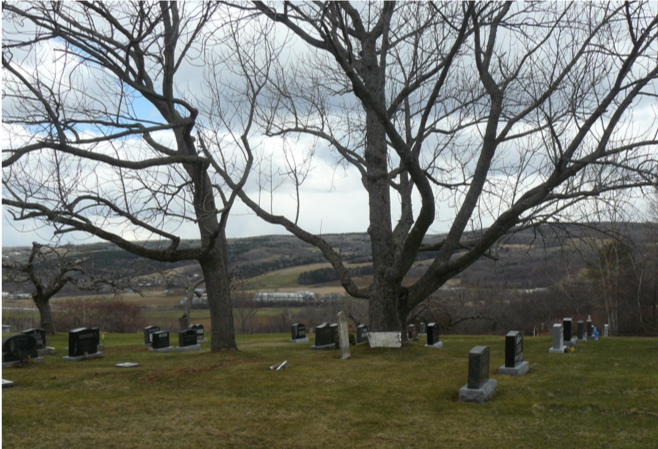
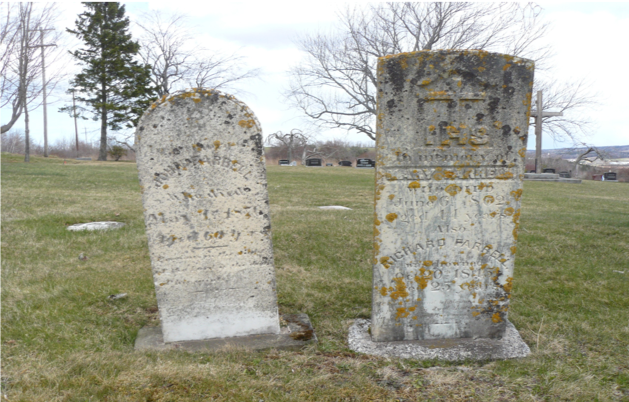
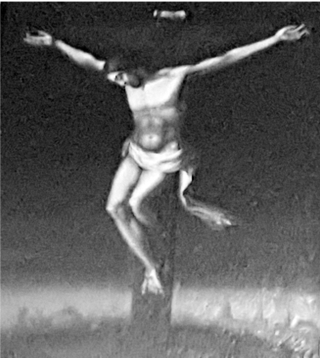
Some quick facts:
- In 1953, the Diocese of Yarmouth was created, with Rev. Albert Lemenager as the first Bishop and Wolfville changed dioceses from Halifax to Yarmouth resulting in a number of Acadian priests serving as curates with Father Durney as the pastor.
- In 1954 the mission house was moved and a parking lot made next to the church.
- In 1959 Wolfville became a parish of its own, and Fr. Don Amirault was its first pastor.
- Work began for the building of a rectory in Wolfville.
- The presence of a resident priest resulted in a vastly developed parish and made it possible to conduct and administer services which formerly were distinguished by their rarity.
- The push was on to erect St. Lawrence Church in Canning in 1965. Dating back into the late 1800 ‘s, Mass was held in the homes of Matt Tully, Michael Kerwin and Thomas Doyle, and in the early 1900’s, at the home of William Brady. From 1945 to 1956, Mass was offered once a month at the Sarsfield ‘s, and other homes during special occasions.
- Talks began in earnest to have a church built in Canning. With permission from the Bishop, the new Church of St. Lawrence was built in the early months of 1965 and officially opened and blessed on May 23 by Bishop Lemenager year. The total cost was $26,000.00
- In 1974 the Wolfville church was enlarged to accommodate 10 extra pews, a sanctuary, sacristy, and a basement.
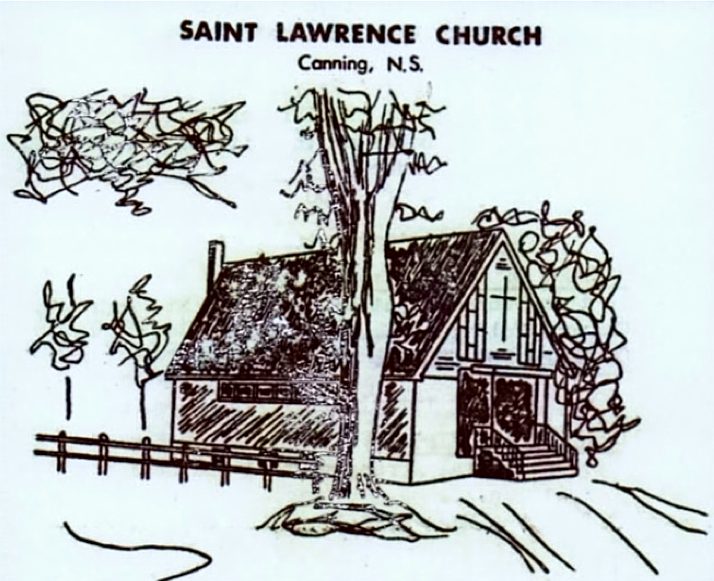
In their early years as new immigrants here, most went to either St. Francis’ or to St. Joseph’s in Kentville for their religious needs. Indeed, many joined the St. Francis Choir under the direction of Dr. Tony Veroni. It was all male and the Mass was often sung in Latin. Indeed, the choir was invited to sing in the County Music Festival in 1960, achieving high acclaim for their performance.
By the mid 1960’s, the reforms of Vatican were solidly in place (with some still bemoaning the loss of the old ways, the old music and the perceived rigidity that had been so familiar to them).
The ensuing years from then to the present saw a number of changes occurring in the Parish of Wolfville and Mission of St. Lawrence. In recent times, the Church has been involved in much restructuring. The final Mass at St. Lawrence took place on October 15th, 2018 and has subsequently been sold.
St. Francis of Assisi and St. Lawrence … pray for us!
© 2022 Corpus Christi Parish. All Rights Reserved. Privacy Policy. Website by Windrose Web Design
